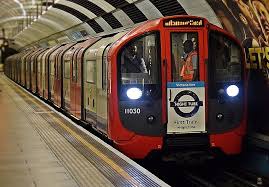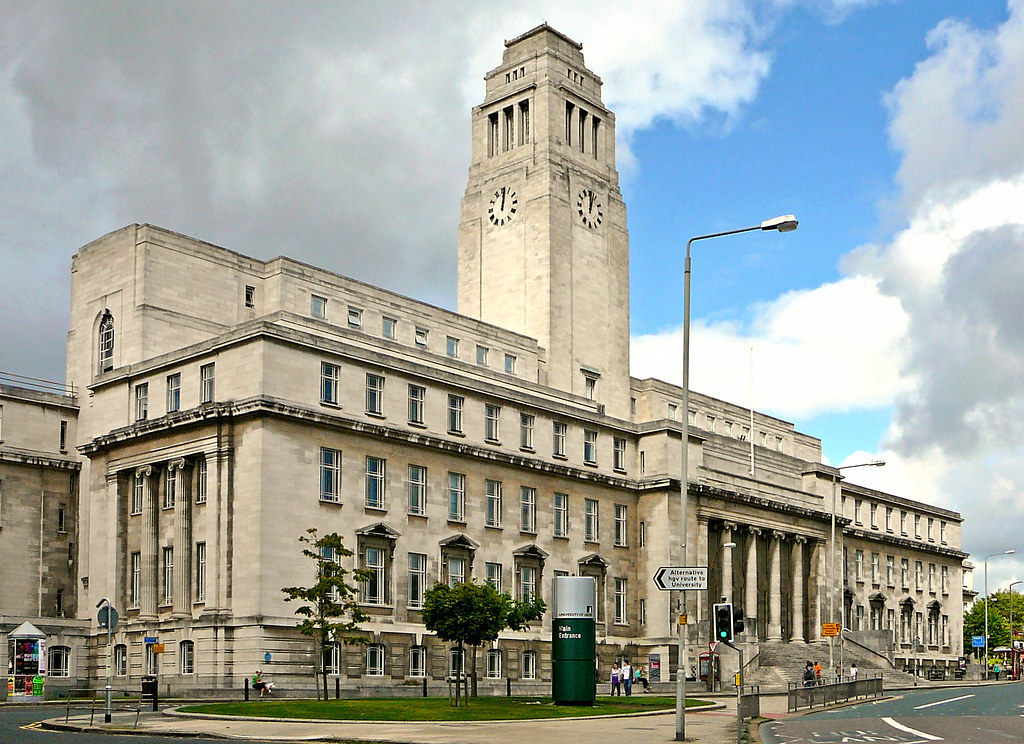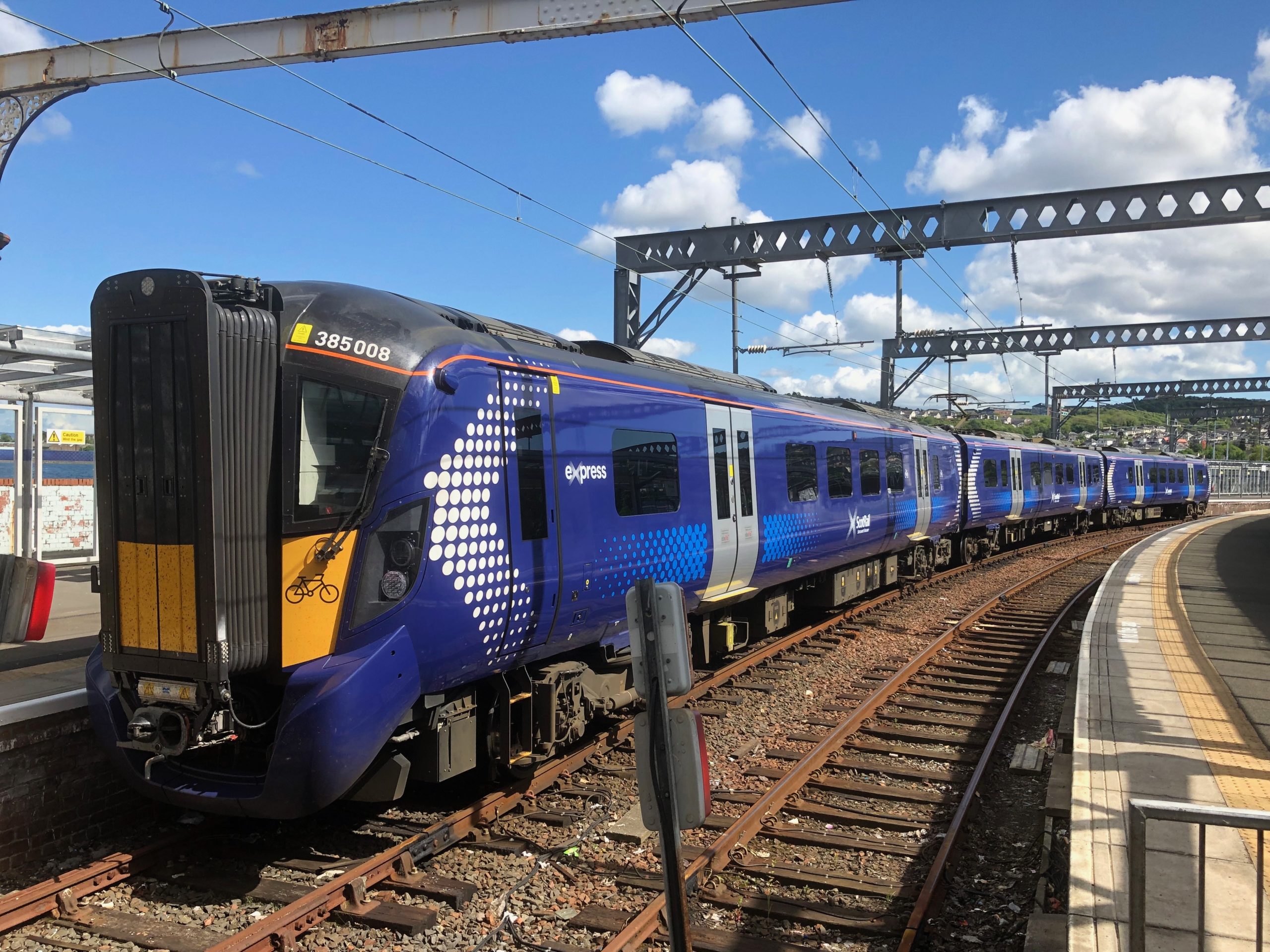
Introduction
The London Underground, often referred to as the Tube, serves as an essential component of London’s public transport system. Its importance lies not only in its role in facilitating daily commutes for millions of Londoners but also in its impact on the city’s economy, tourism, and overall urban development. Understanding the evolution and current status of the Underground can provide insights into the future of urban transport in densely populated cities.
A Brief History
The London Underground opened its doors in 1863, originally with steam-powered trains. Over the years, it has transformed significantly, introducing electric trains and expanding its reach throughout the city. Today, the network consists of 11 lines and 272 stations, covering over 250 miles. Each station carries its own unique character, contributing to the overall history and culture of London.
Recent Developments
In recent years, the London Underground has faced numerous challenges, notably in adapting to technological advancements and the increased demand for sustainable transport solutions. The introduction of contactless payment systems, such as Oyster cards and mobile payments, has streamlined fare collection and significantly improved user experience. Moreover, the ongoing upgrades to various lines aim to enhance efficiency and accessibility, making the Tube more user-friendly for individuals with disabilities.
Impact of COVID-19
The COVID-19 pandemic significantly affected the London Underground, leading to a drastic reduction in passenger numbers. With health guidelines discouraging public transport use, the system witnessed a sharp decline in ridership. In response, Transport for London (TfL) implemented safety measures, such as enhanced cleaning protocols and social distancing on trains and stations. As the city gradually recovers, there are hopes that a rebound in commuter numbers will revive the financial health of the Tube.
Future of the London Underground
Looking ahead, TfL is exploring various strategies to ensure the sustainability of the London Underground. Future considerations include investments in green technologies, further integration with cycling and walking infrastructure, and ongoing advocacy for improved service reliability. Additionally, the expansion plans for certain lines could make the network even more indispensable as London continues to grow.
Conclusion
The London Underground remains a crucial artery for the capital, influencing not only transport dynamics but also the economic landscape of the city. As London faces the challenges of modern urbanisation and changing travel patterns, the success of the Underground will depend on its ability to adapt to contemporary needs while maintaining its historical significance. For readers, understanding the ongoing evolution of the Tube can provide valuable perspectives on urban transport solutions as cities worldwide confront similar challenges.
You may also like

Leeds Train Station: A Key Transport Hub in the UK

The Importance of ScotRail in Scotland’s Transport Network
